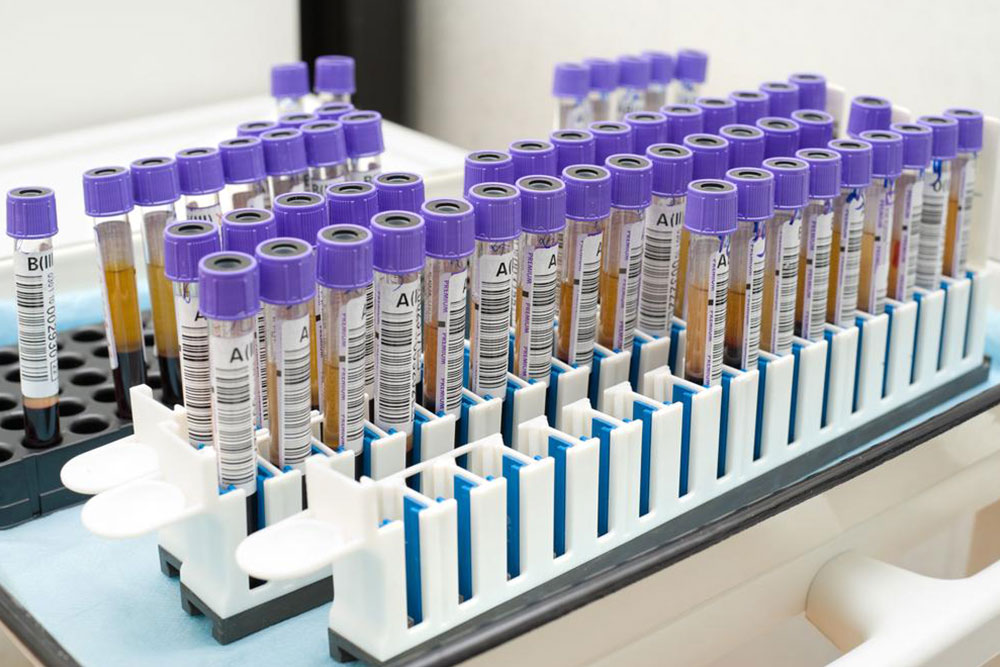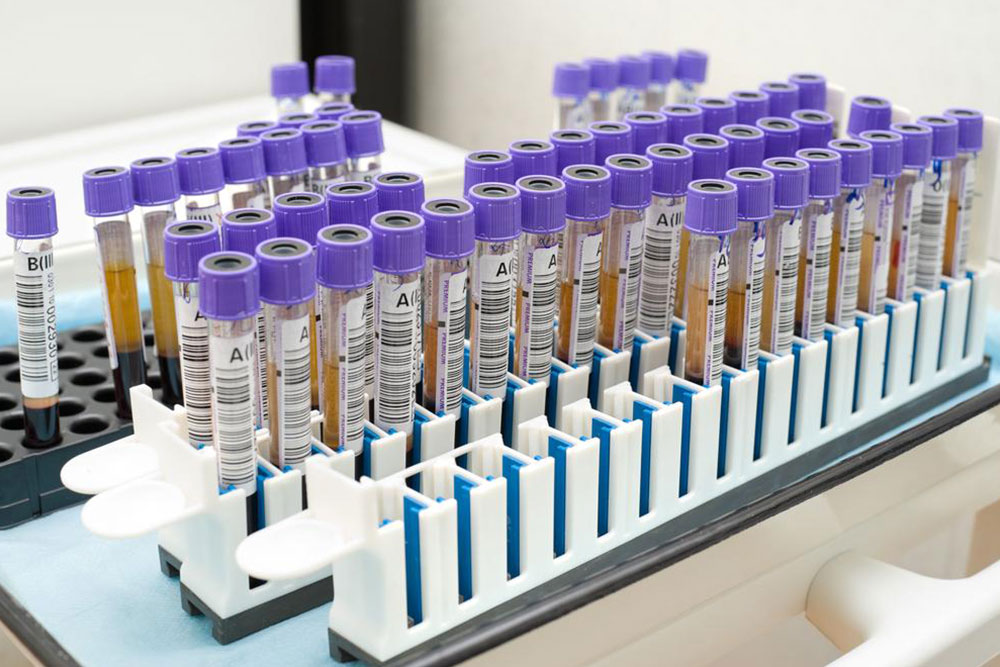Early Signs and Symptoms of Prostate Cancer to Watch For
Prostate cancer is common among men over 50 and often shows no early symptoms. Recognizing signs such as urinary difficulties, pain, and swelling can lead to early detection. Regular screenings and understanding risk factors are essential for timely diagnosis and effective treatment. Consult your doctor for personalized advice and early testing to improve outcomes.

Prostate cancer originates in the prostate gland and is one of the most prevalent cancers among men in the United States. Understanding the early signs can lead to prompt diagnosis and treatment.
The prostate, a small gland roughly the size of a walnut, is situated beneath the bladder and in front of the rectum. It produces fluid that supports sperm movement during intercourse. Cancer develops when the cells within this gland grow uncontrollably.
As the second leading cause of cancer-related deaths among men, prostate cancer affects approximately 221,000 men annually, according to the American Cancer Society. It is mostly diagnosed in men over 50. Factors like age, family history, ethnicity, lifestyle, obesity, exposure to toxins, vasectomy, and sexually transmitted infections can increase the risk. Although its exact cause remains unknown, managing controllable risks can lower your chances.
Diagnosis typically involves a digital rectal exam and PSA blood test. Confirming cancer requires a biopsy that examines prostate cells. Since treatment depends on individual health, age, tumor size, and stage, options include surgery, radiation, hormones, chemotherapy, and biologic therapies.
Recognizing Prostate Cancer Symptoms
Early-stage prostate cancer often shows no symptoms due to its slow growth. As the disease progresses, several signs may emerge:
Urinary Changes:
Since the prostate is located near the urethra, advanced cancer can obstruct urine flow, leading to:
Loss of bladder control
Pain or burning sensation during urination
Blood in urine
Difficulty urinating
Frequent nighttime urges
Reduced urine flow
Additional Symptoms:
If cancer has spread to nearby tissues or bones, symptoms vary based on affected areas, such as:
Pain during ejaculation
Swelling in legs
Blood in semen
Bone pain or fractures
Numbness in legs or feet
Pelvic swelling
Erectile difficulties
Most symptoms appear in later stages, and they can sometimes be mistaken for other conditions. Regular screenings like PSA tests and digital rectal exams are vital, especially for men over 50 or those with risk factors. Early diagnosis increases successful treatment chances, so consult your doctor regularly.
Note: Our blog provides general health information based on research. It should not replace professional medical advice. For personalized guidance, consult your healthcare provider.










